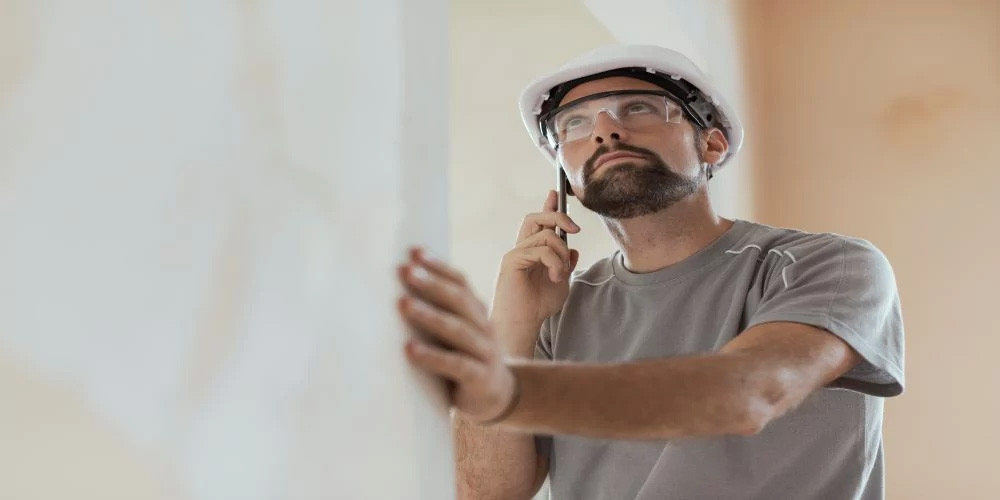Drywall Flat Boxes—What Are They and How to Use Them
Looking to put up some drywall or thinking of starting a career in the field? Without any expertise, it can be difficult to get the correct kit for the task.
Luckily, there is a wide range of automatic drywalling tools designed to make your life much easier. With years of design and development to ensure they do the job, these tools are must-haves if you wish to drywall effectively.
One of these handy-dandy tools is the drywall flat box.
What is a drywall flat box?
Once you've put your drywall up, it's important to start covering the joints between boards with joint compound and tape to ensure a smooth finish across the surface of the wall. This can be done by hand, or with an automatic taper for increased speed and efficiency.
Once you're done applying the compound and tape, it's time to break out the flat box.
Drywall flat boxes come in various sizes; most brands will carry 7", 10", 12", and 14". Here at Al's Taping Tools, our flat boxes range from 5.5"-14".
They ensure a smooth finish and more consistent results across all drywall joints. The box is specifically designed to make your drywalling life easier and the task of covering joints much quicker.
Once you've used a drywall flat box, the idea of doing the job manually will seem impossible.
Reasons to use a drywall flat box
- Complete joint finishing more quickly and efficiently.
- Finishing with a flat box is way easier than doing it by hand.
- Safer to finish with a flat box and won't require ladders or plastering stilts.
- Enjoy a smoother, cleaner finish on every joint.
- Save time and money with less room for error.
How to use a drywall flat box
The flat box is a pretty simple tool to use—it's mastering the delivery of compound in a consistent and smooth way that will take practice. The box is filled with joint compound that pushes the hinged pressure plate forward, which forces the joint compound out through a slot on the face panel.
The box includes an adjustable crown setting dial that gives you the ability to choose how quickly the joint compound is pushed through the slot—allowing you to alter the amount of joint compound being used between applications.
As you begin your work on your drywall, the joint compound flows out of the slot in the face panel and is sliced by a steel blade to ensure a smooth, consistent finish throughout the application.
While your drywall flat box is in use, make sure you lay the box wheels and the steel blade flat against the joint. Then, release the brake lever (located at the bottom of the handle) and place consistent pressure onto the faceplate as you move the box across the length of the joint.
For the best finish possible, keep the handle angled at 45 degrees and begin at the end of the joint and work towards the middle. When finishing a vertical joint, begin at the bottom and work to the middle and then from the top down.
Last but certainly not least, when removing the drywall flat box from the wall, do so in a smooth sweeping motion to avoid leaving any clumps of compound on the joint.
Ready to start drywalling like a pro?
Al's Taping Tools has you covered. We have been supplying contractors with the most extensive selection of professional-quality tools, parts, and accessories since 1985. Our experts are always happy to help you save time and money on your next project. Shop drywall flat boxes and our other handy tools here.
Blog
-
The Impact of Proposed Tariffs on the Drywall Industry: Why Al's Customers Can Rest Easy
30th Jul 2025Understanding Economic Changes and Their Effects on Drywall ToolsIn recent months, there have been c
-
The Future of Drywalling: A Look at Upcoming Innovations in Taping Tools
12th Dec 2023In the dynamic world of construction, innovation is the key to progress. As technology continues to
-
How to Make Your Drywall Tools Last
28th Nov 2023Drywall tools, whether for taping, finishing, or texturing, are an investment. The better you care f




